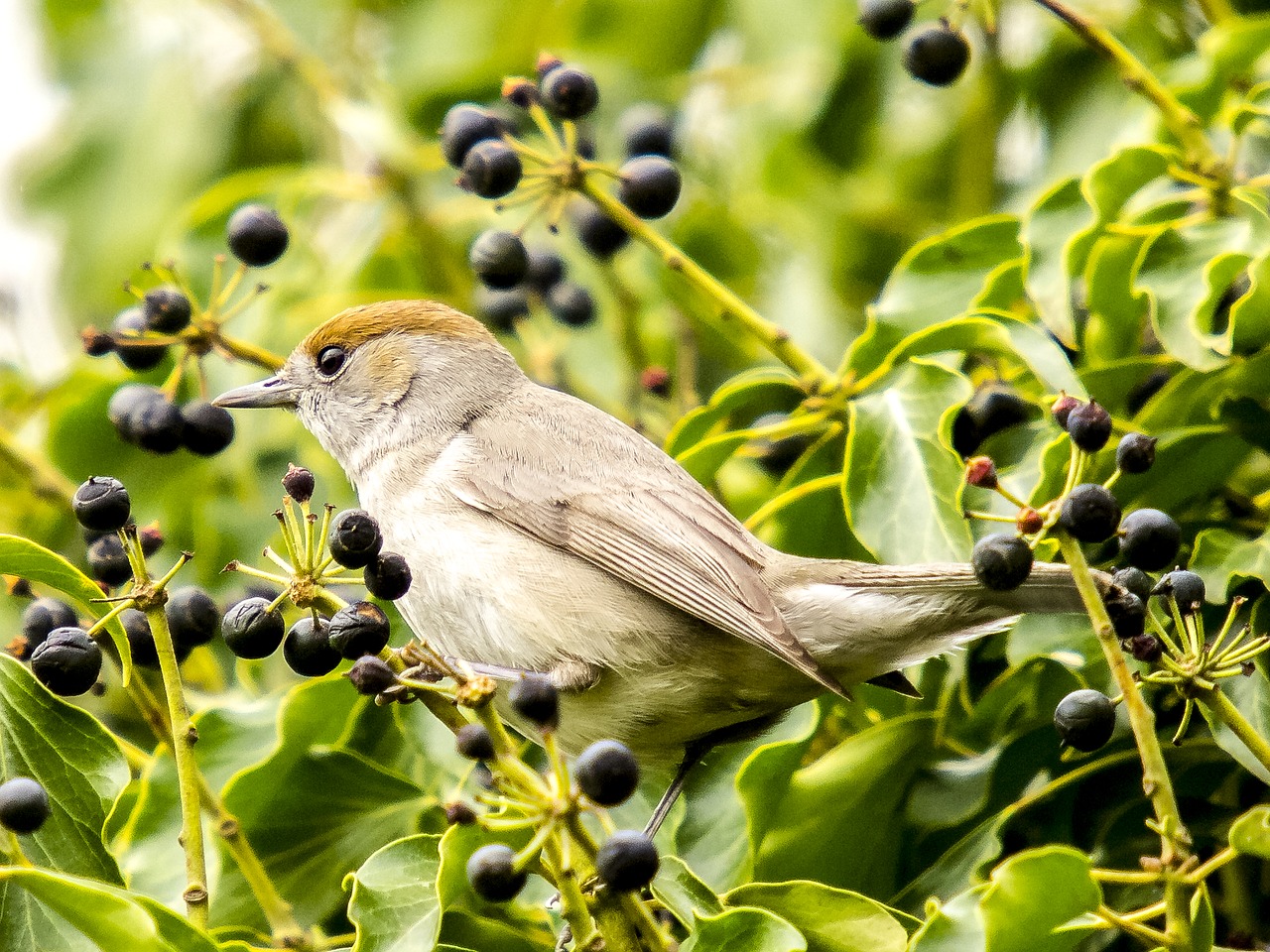Fettupplagring och möjliga flygsträckor hos svarthättor och törnsångare på vårflyttning i Gambia
DOI:
https://doi.org/10.34080/os.v6.22979Nyckelord:
kost, födosöksekologi, klimateffekter, fettupplagring, migrationAbstract
Spring migration of Palaearctic passerines was studied on Ginak Island in The Gambia, as part of the European Science Foundation network "Palaearctic-African Songbird Migration". In this paper data collected from Blackcaps Sylvia atricapilla and Whitethroats Sylvia communis, which in late March–early April prepare for the crossing of the Sahara desert, are analysed. On a diet of mainly Maytenus senegalensis berries these warblers put on up to 3–4% body mass per day and when ready for take-off 35–40% of their mass consists of fuel for the trip. According to conventional flight-range calculations this gives them flight ranges in still air of maximum 1,200 km, which will not take them unaided across the desert. But predictable tailwinds, usually found at altitudes above c. 2,500 m, may help them to central Morocco or beyond. In addition, recent wind-tunnel experiments have suggested a distinctly reduced drag coefficient for use in the flight-range calculations, and this may extend the still-air range to more than 2,500 km. In that case the desert crossing would be possible also without the help of tailwinds.
Nedladdningar

Downloads
Publicerad
Referera så här
Nummer
Sektion
Licens
Författaren/författarna innehar copyright för varje enskilt bidrag, men samtliga bidrag är publicerade under en Creative Commons-licens, så att vem som helst kan dela och återanvända bidraget förutsatt att copyright-innehavaren erkänns.







